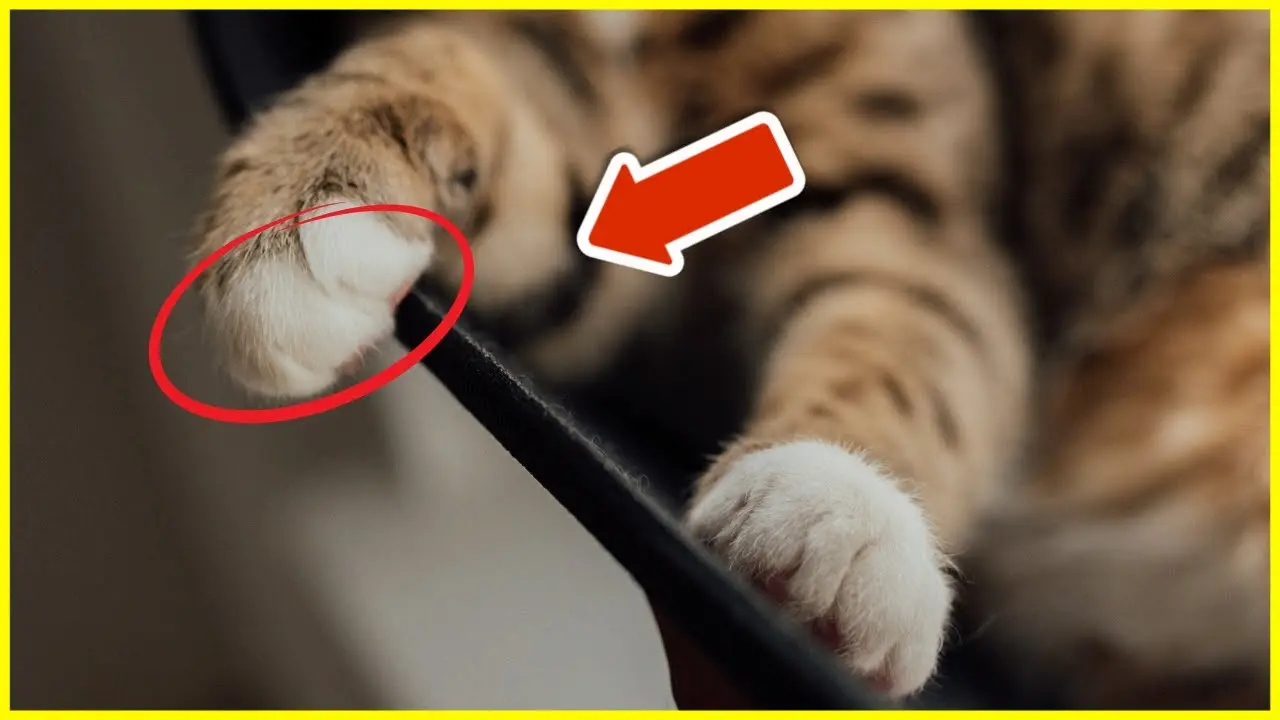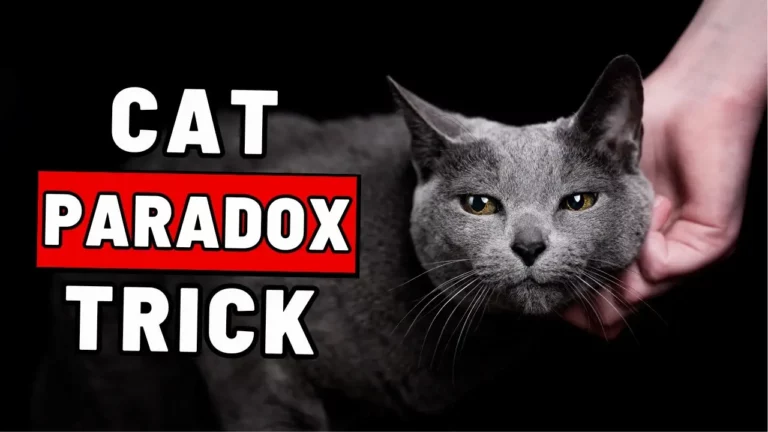Is Your Puss In Boots? Science Explains Why Many Cats Have White “Socks”
Have you ever wondered why your
The white spotting gene, which plays an essential role in fur pigment distribution, often causes these distinctive markings.
This gene’s expression can vary widely, influencing the extent of white fur patches on different breeds, from the American Shorthair to the Ragdoll.
But why do these specific patterns develop, and what evolutionary advantages might they confer? There’s more to discover about your
Genetic Basis of White Socks
The genetic basis of white socks in cats is tied to specific genes that control the distribution of pigment in their fur.
These genes play an important role in determining where color appears on a
The primary gene responsible is called the ‘white spotting gene.’ This gene comes in different variations, or alleles, which result in varying degrees of white fur.
When you see a
This gene can create anything from small white patches to large areas of white fur, depending on its expression.
Cats with a higher expression of this gene may have more extensive white areas, including the classic white socks seen on many cats.
Understanding these genetic influences helps explain why some cats have such distinctive markings.
It’s fascinating to think that the charming white socks on your
Role of Pigment Cells
Pigment cells, known as melanocytes, play an essential role in determining your
These cells produce melanin, the pigment responsible for the various shades and hues you see in your
When melanocytes are uniformly distributed, your
However, if these cells are absent or unevenly spread, you’ll notice patches of white fur, often referred to as ‘socks.’
Melanocytes originate from a specific layer in the embryo and migrate to the skin’s surface during development.
Sometimes, genetic factors or mutations can disrupt this migration process, leading to areas where melanocytes are scarce or missing entirely.
This results in the charming white socks that many cats sport.
Understanding the role of melanocytes helps you appreciate the intricate biological processes that contribute to your
It’s fascinating how these tiny cells can create such diverse and beautiful patterns.
Next time you admire your
This knowledge deepens your connection with your furry companion, highlighting the complexity behind their simple, endearing appearance.
Evolutionary Advantages
Understanding the role of melanocytes not only highlights your
Cats with white socks often benefit from better camouflage in certain environments.
These distinct markings can help them blend into surroundings where dappled sunlight or mixed terrain is common, giving them an edge when hunting or avoiding predators.
Moreover, white socks can serve as a form of social signaling. In the wild, animals often use visual cues to communicate.
Your
Interestingly, the presence of white socks can also be linked to domestication. Cats with more noticeable and varied coat patterns, like white socks, tend to be more favored by humans.
This preference has led to selective breeding, which in turn, has driven the prevalence of these markings.
Over time, cats with white socks have become more common in domestic environments, reinforcing human-animal bonds.
Breeds Prone to White Socks
Many
You’ll often notice these adorable markings on breeds like the American Shorthair, known for their striking variety of coat patterns.
The tuxedo
The British Shorthair, another popular breed, frequently displays white socks, adding to their already cuddly and endearing appearance.
If you’re fond of long-haired cats, the Maine Coon might catch your eye.
These gentle giants also sport white socks, contrasting beautifully with their lush, often multi-colored fur.
Ragdolls, known for their docile and affectionate nature, frequently have these markings too, enhancing their already charming looks.
Bi-color cats, regardless of breed, tend to show these white sock patterns as well.
The distribution of pigments during embryonic development plays a role in these specific white markings, making them a common trait among different breeds.
When you’re choosing a
Variations in Markings
When observing cats, you’ll notice a delightful range of variations in their markings, each adding to their unique charm. Cats can have solid colors, tabby patterns, and even intricate blends of different hues.
These markings are not just random; they follow genetic rules that determine the distribution of colors and patterns on a
Some markings include spots, stripes, and patches, which can appear in a variety of combinations and locations on the body.
Understanding these variations can make recognizing and appreciating each
Whether it’s the classic tabby stripes or the elegant tuxedo pattern, every marking tells a story about the
So next time you see a
Conclusion
Now that you know why many cats have those adorable white socks, you can appreciate their unique markings even more.
The white spotting gene plays a big role, causing pigment cells to stop producing color in certain areas.
This genetic quirk not only gives your
So next time you see those cute white paws, you’ll understand the science behind them!






